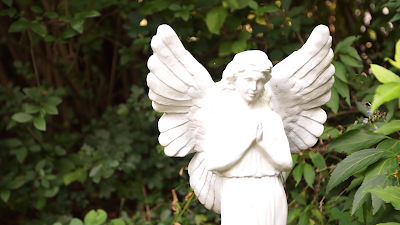Lens Testing
(ltor) Canon 16-35mm, Rokinon 35mm, Rokinon 16mm, Sigma 18-35mm
With that said, I’ve found myself with two lenses to review; the new Rokinon 16mm f/2.0 ($479) and the Sigma 18-35mm f/1.8 ($799). I'm particularly interested in the latter as one of my favorite lenses is the Canon 16-35mm f/2.8, which is twice the price. That f/1.8 is mighty appealing, though of course, at 16mm the Canon is slightly wider, and it is a fill frame lens.
These lenses are for APS-C sized sensors and are not for full-frame cameras. They work fine with cameras like the Canon 7D or Sony NEX cameras, but won't work with the Canon 5D Mark III. Also, the Rokinon 16mm is the "still" lens version of the Rokinon; they only just announced a Cine version, which is currently being offered in Nikon F and Sony E mount for $529. The Cine lenses won't ship for a while, and I imagine they'll add Canon and other mounts which is probably what I'd get if I decide to get this lens.
To start off, I thought I’d take the lenses outside and shoot a test subject. I’m shooting with the Sony NEX-EA50, and all the lenses have the Canon mount, so I'm using a Metabones adapter. I also planned to use the Canon 16-35mm f/2.8 and the Rokinon 35mm f/1.4 to compare. The NEX-EA50 comes with an 18-200mm f/3.5-6.3 lens, so I'm planning to compare with that as well.
Unfortunately, I’d overlooked the fact that shooting outside even in the late afternoon with the NEX50, my test was way overexposed when the lenses were opened up to even f.\/2.8, nevermind f/1.8 or f/1.4. This was even at the lowest ISO the camera supported.
So that was messed up, but at least it showed that the framing of the Rokinon 16mm is very close to the Canon 16mm, while the Rokinon 35mm is very different to the Canon at 35mm. Also, the Sony at 18mm was wider than the Sigma at 18mm.
The Rokinon is similar to it’s siblings in build quality, even though I think it's the first APS-C lens they've released in this lens series. The Sigma seems like a nicely built lens, and next to the Canon it has a feel of precision and 'fineness' about it; the focus rings are smaller and finer, the markings smaller. I'm not really sure if that's a good or bad thing. I have to play with them some more.
The Sigma does not have hard stops on the focus gear, while the Rokinon does, and of course, the Rokinon has manual aperture. The Sigma may support auto-focus on some cameras, but I didn't get it to work on the NEX-EA50.
Size-wise I was surprised that the Sigma 18-35mm is taller and a bit heavier than the Canon. It's mostly about the same diameter, but the Canon seems to look bigger because it has a wider front lens and much wider hood.
An interesting side note: the Metabones NEX-Canon adapter does support the Canon 16-35mm, as well as the new Sigma. Metabones mentions that the Sony cameras can display a slightly different aperture to that stated by the lens, and the camera displays the aperture on the Sigma as 1.7 rather than 1.8 when it’s wide open.
Auto-focus on the camera was not supported on the Canon lens.
Rokinon 16mm at f/2.8
Canon 16-35mm at 16mm f/2.8
Sigma 18mm at f/2.8
Sony 18-200mm at 18mm f/3.5
Canon 16-35mm at 35mm f/2.8
Rokinon 35mm at f/2.8










Comments